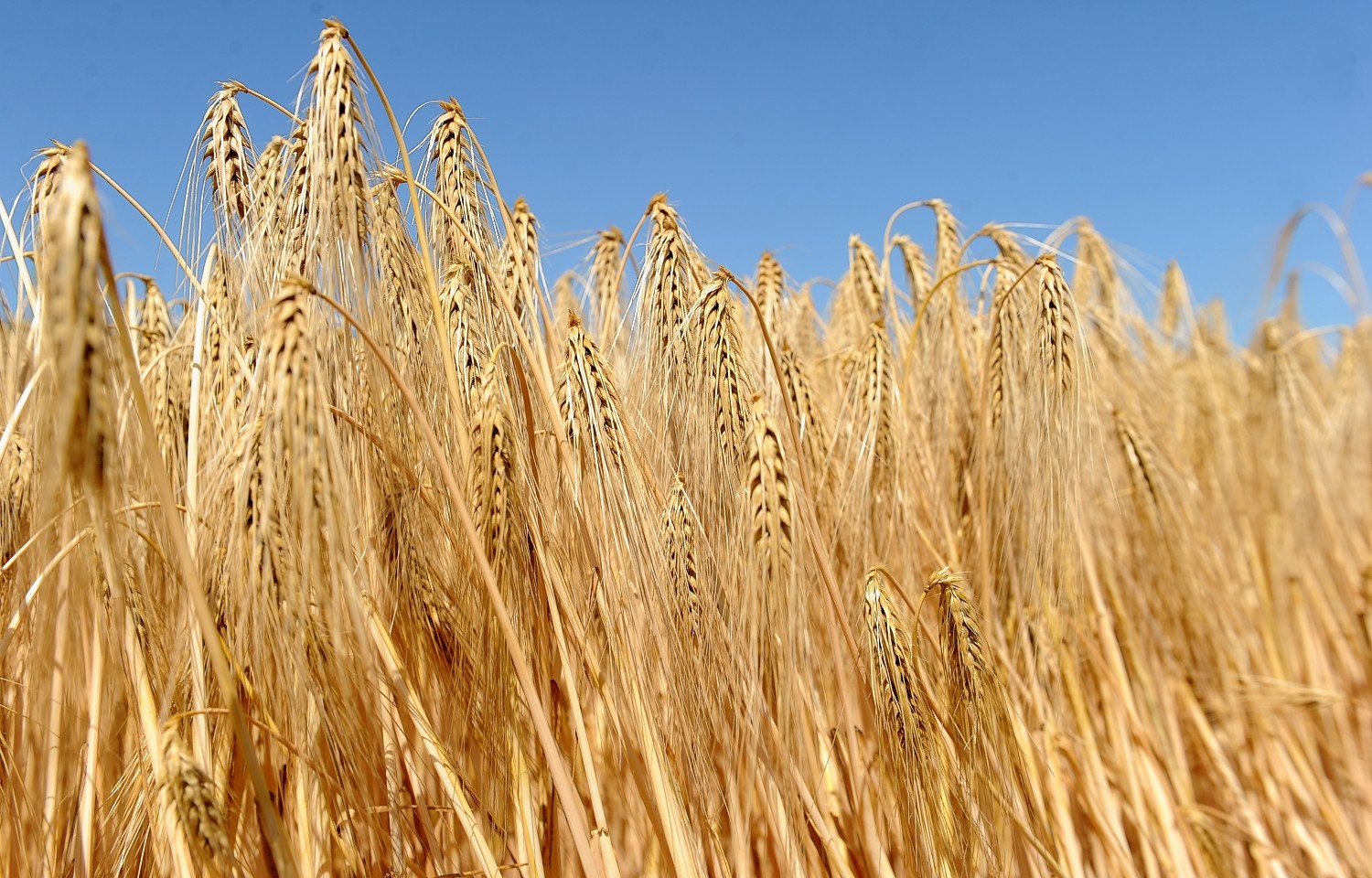European regulations which determine whether or not genetically modified (GM) crops can be grown need a major overhaul, according to a group of MPs.
Westminster’s science and technology committee this week said current EU regulations were “not fit for purpose” and instead called for a trait-based system for regulating new crop breeding technologies.
In a report, the committee said much of the opposition to GM crops in Europe was based on values and politics, rather than science.
“The scientific evidence is clear that crops developed using genetic modification pose no more risk to humans, animals or the environment than equivalent crops developed using more ‘conventional’ techniques,” said committee chair Andrew Miller.
“Unfortunately, the way the EU’s regulatory system works means that countries opposed to genetically modified crops can block their growth in other countries. This has driven research activity out of the EU and put at risk the UK’s ability to be a global player in advancing agricultural technology.”
Regulatory reform was essential to meet the “huge challenge” of feeding a growing world population, using fewer resources, said Mr Miller.
“A regulatory system which can take decades to reach a decision cannot possibly be considered fit for purpose. The recent amendment to EU law to allow individual countries to ban the growth of GM crops in their own territories, without insisting other countries do the same, could potentially help break the stalemate. But it does not go far enough in ensuring that other member states can access crops that have passed the risk assessment process.
“The purpose of shared regulation should be to ensure mutual protection from unsafe products, not to unjustifiably restrict the choices available to other elected governments and the citizens they represent. For the sake of our farmers, consumers and the UK’s world-leading science sector we must repatriate national decision making on food and crop safety.”
Responding to the report, the Scottish Government once more dismissed GM technology and said it would damage the country’s “clean and green brand”.
A spokeswoman said: “The Scottish Government has genuine concerns about GM crops – concerns that are shared by other European countries, and which should not be dismissed lightly. That is why we strongly support the continued application of the precautionary principle in relation to GM crops.
“We firmly believe that GM policy in Scotland should be guided by what’s best for our economy and our own agricultural sector rather than UK priorities.”
